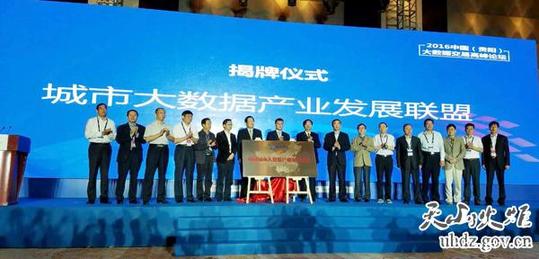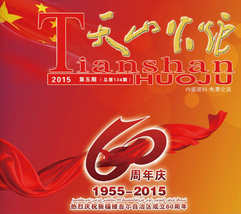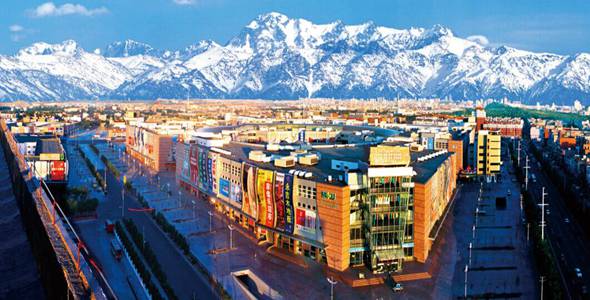Urumqi State High-tech Zone joins big data industry alliance
( chinadaily.com.cn )
Updated: 2016-05-31
|
|||||||||

The Urumqi State High-tech Zone (New District) and 50 Chinese cities established a big data industry alliance at a big data exchange summit held in the city of Guiyang, Guizhou province, on May 26.The new alliance is supported by the Guiyang government and Guiyang Big Data Exchange.
Wang Sanshou, president of the exchange and founder of Jusfoun Big Data Co, said that the alliance will rely on the resources of the member cities and their collaborative innovation. It will facilitate deeper cooperation between the cities, integrate cross-industry, cross-regional resources and accelerate policy-making in the fields of big data, through discussions and exchanges, app promotion, standards setting, personnel training, and business cooperation.
It is also planning a discussion platform to encourage research in and development of industrial policies and standards.
The alliance intends to promote release of government data, improved administrative efficiency and governance capability, and a shifting of government functions.
Wang predicted that governments of many provinces and cities will join the alliance to push forward social management reform and take full advantage of available data.
As the first high-tech development zone in Xinjiang Uygur autonomous region, the Urumqi zone always welcomes new challenges brought by the “new normal” economy as opportunities for high technology and industrialization.
It wants to one of the first to advance emerging industries, such as big data, cloud computing, and the Internet of Things.
Therefore, the zone expects to strengthen cooperation with the cities and advance the big data industry through joining the alliance and supporting its activities. In the future, it will also cooperate with advanced provinces, cities, areas, and enterprises in the field.
Edited by Peter Nordlinger





